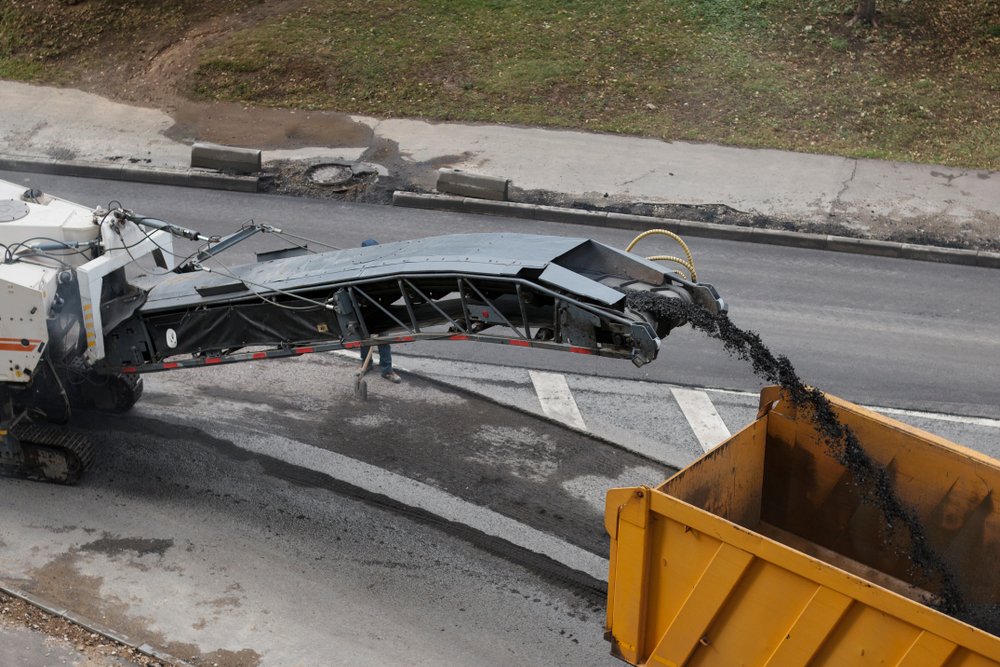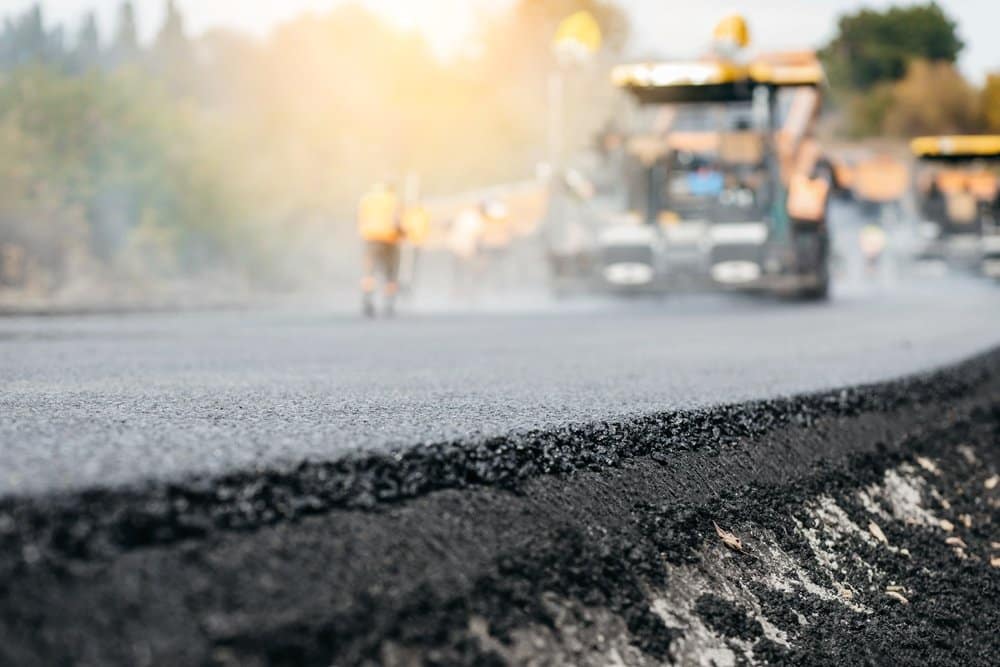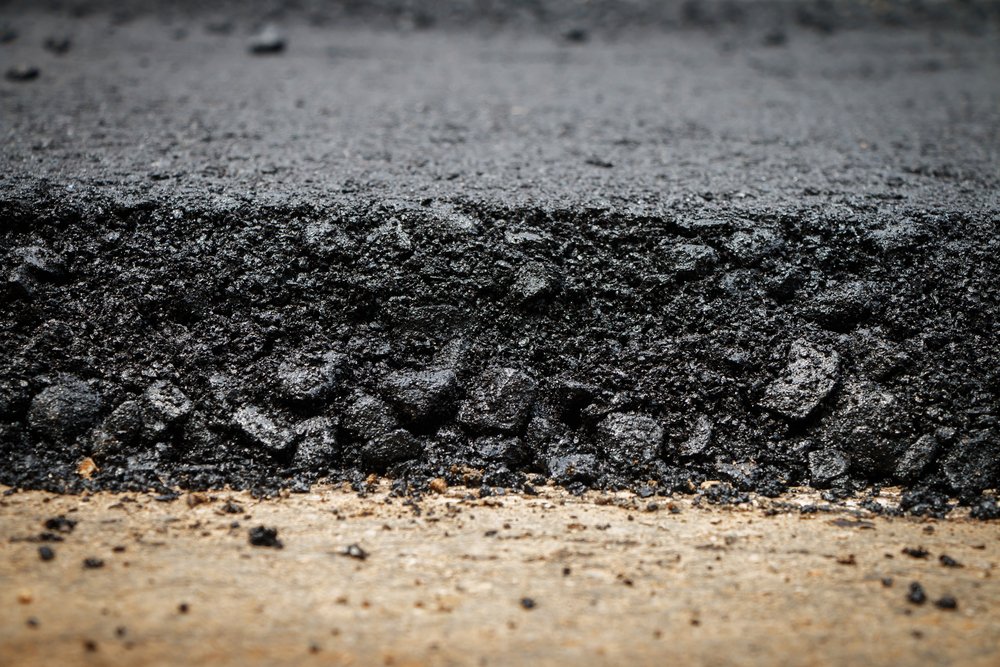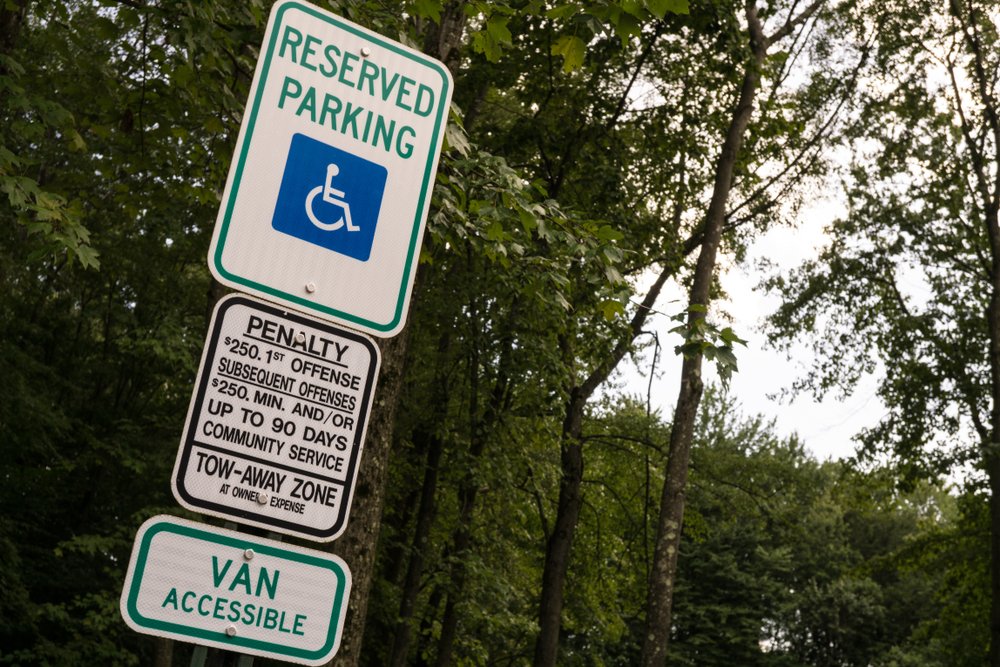The Process Behind Asphalt Milling
The correct way to repair and resurface asphalt is with more asphalt. As a sticky, binding substance that cures into a springy flat surface, asphalt can be used to re-pour any existing asphalt surface. However, if you pour new asphalt onto sealed old asphalt, you get two layers that separate easily. But if you pour new asphalt on exposed grit and aggregate, it will bond correctly and beautifully resurface the old asphalt below.
This step is where asphalt milling comes in. If you require asphalt repairs or to install a new asphalt surface over old pavement, you are in luck. One Stop Asphalt can provide expert asphalt milling to ensure your pavement is ready to bond fully with the new, flawless asphalt surface about to be poured.
What is Asphalt Milling?
Asphalt milling is the process of carefully grinding down the top layer of asphalt without damaging the nearby structures or sub-base. Asphalt relies heavily on a solid sub-base, and when built correctly, there’s no need to disturb the well-packed ground that protects your asphalt from major cracks and issues. You can maintain your driveways, curbs, and even the original height of your asphalt.
The process also exposes rough aggregate instead of the sealed surface of your previous asphalt.
How is Asphalt Milling Done?
Asphalt milling is performed with a cutting drum and a vacuum. The cutting drum is a large flat rolling drum part of a construction vehicle. The only difference is that instead of being smooth to tamp down fresh asphalt, this drum has large cutting teeth that bit into the top layer of asphalt and create debris where a damaged surface once stood.
The debris is then sucked into the equipment using a large vacuum unit which helps to clear away the aggregate and binder that might interfere with the repair steps. Often, a dump truck is moved with the milling machine to collect the removed debris for cleanliness and efficiency.
This milling machine leaves your asphalt a few inches lower, with the top layer evenly “chewed” or milled away. The loose debris then becomes recycled asphalt for later projects.
How Do You Use Millings?
Once the top layer of your asphalt has been removed, you can pour on a new layer. The rough aggregate along the top will bond cleanly and completely with your new asphalt, forming a water-tight seal that should not crack or chip.
You can use this method to create smooth asphalt where you have had uneven, bumpy or crumbling asphalt surfaces. If there has been damage from an accident or fire, or if your asphalt was not properly sealed and has begun to travel, milling and re-pouring a top layer of asphalt is the best repair.
What Are the Benefits of Asphalt Milling?
Repair Any Asphalt Surface Flaws
The first and most important benefit of asphalt milling is the ability to repair. From ripples to ravel, any flaw in your asphalt can be fixed simply by removing the top layer and installing a new, fresh layer that is perfectly level and smooth as it cures.
Recycled Asphalt is Eco-Friendly
One of the best things about asphalt milling is that the efficient approach allows that asphalt binder and aggregate to be recycled. It can be made into new asphalt or aggregate-based construction materials, reducing waste with every repaired pavement. Recycled asphalt is very eco-friendly and good news for anyone with pavement repairs to conduct.
High Durability and Low Maintenance
As you likely already know, asphalt has high durability and low maintenance. If you are in charge of keeping asphalt in good repair, the occasional asphalt milling and resurfacing is more elegant and efficient than leaving the pavement to decay or installing an all-new parking system.
Cost-Effective Pavement Solution
Lastly, asphalt milling is a great way to save money on pavement repairs. Having your pavement milled and re-paved is more cost-effective than many mysterious repairs.
Professional Asphalt Pavement Installation Services in Phoenix
If your home or business requires professional asphalt pavement installation or pavement repair services in Phoenix, One Stop Asphalt is here to help. Our skilled technicians can help you with whatever life and pavement maintenance can throw your way.
If your old parking lot is ready to be milled and re-paved, we’re ready to ensure your fresh pavement is beautiful, pristine, and ready for long-term durability. Contact us today for a free estimate of your pavement and the right repair process for its condition.
Image Credit / Shutterstock / LENAIKA
[/vc_column_text][/vc_column][/vc_row]





